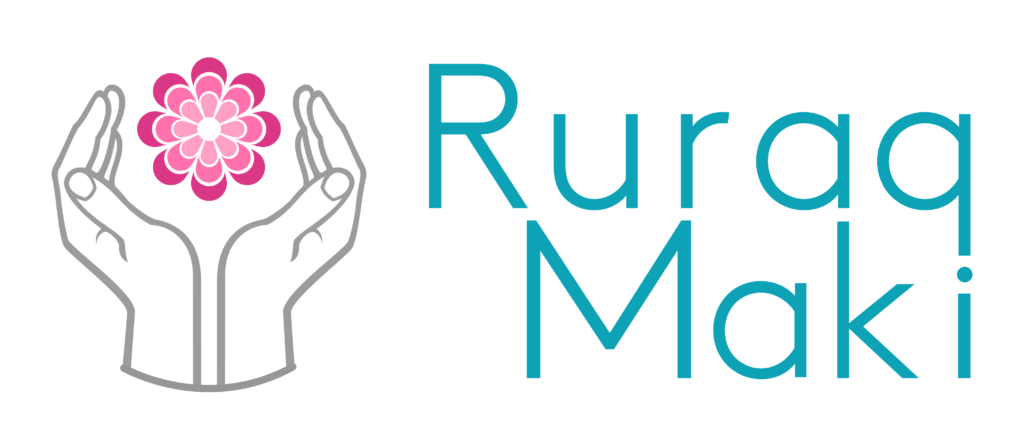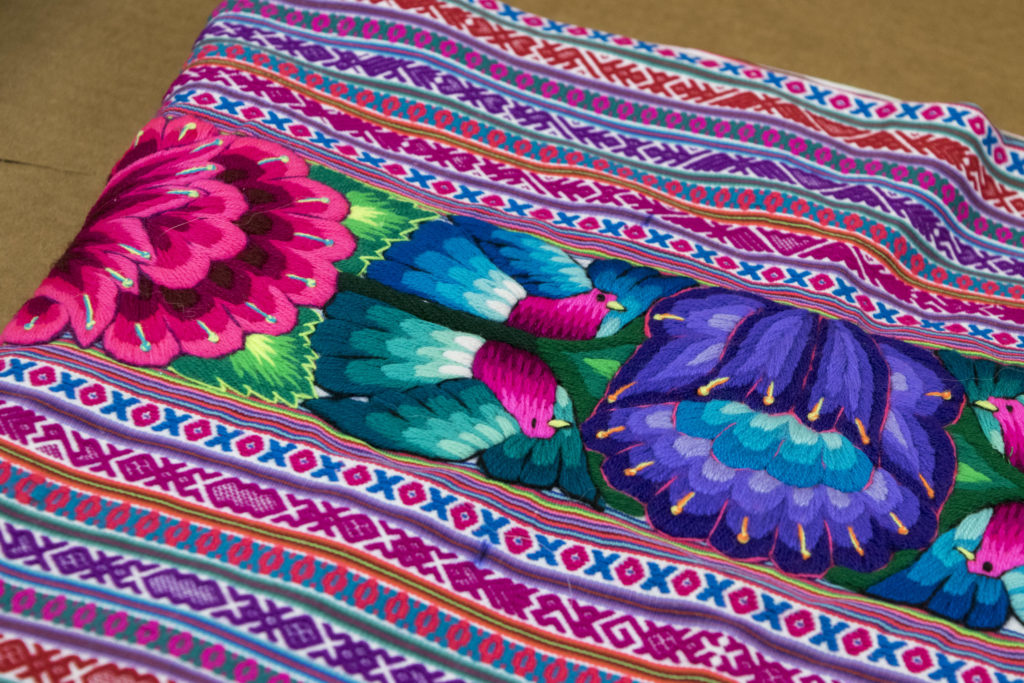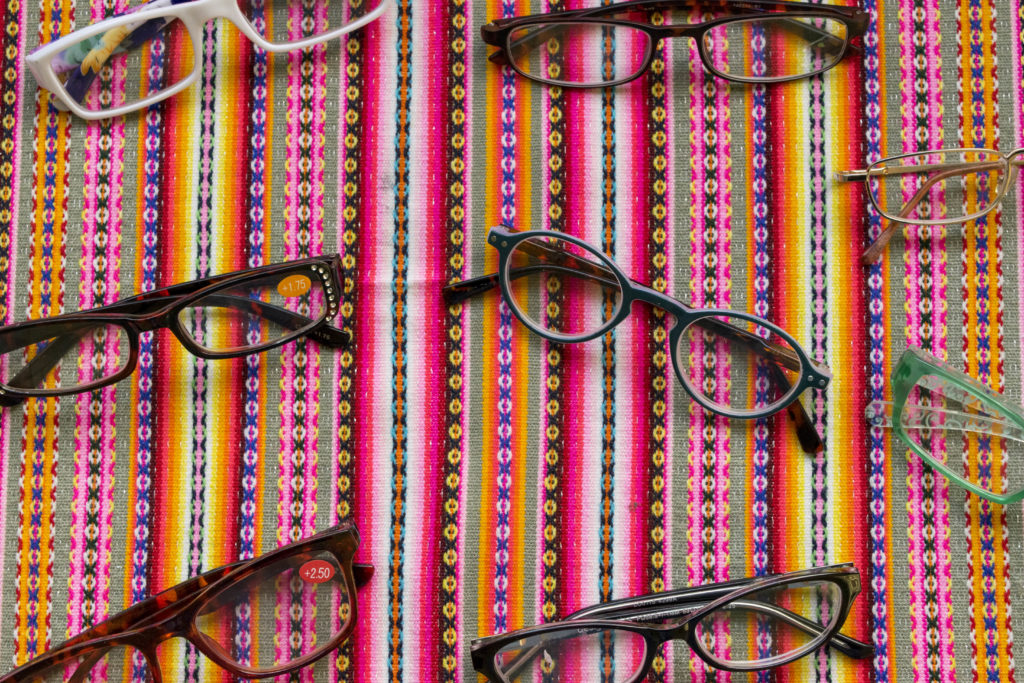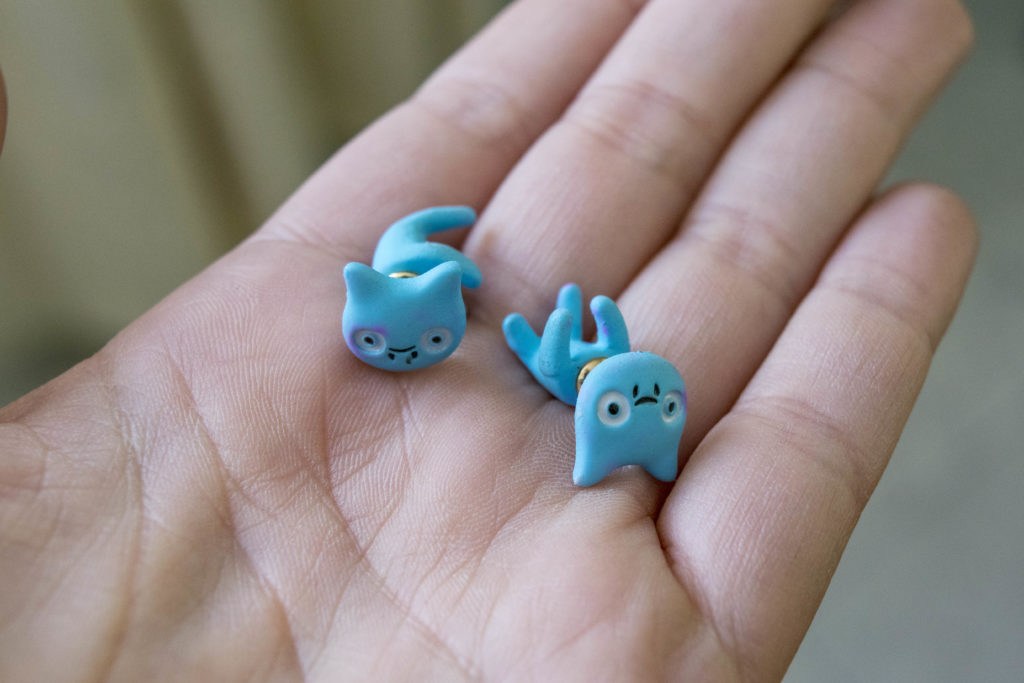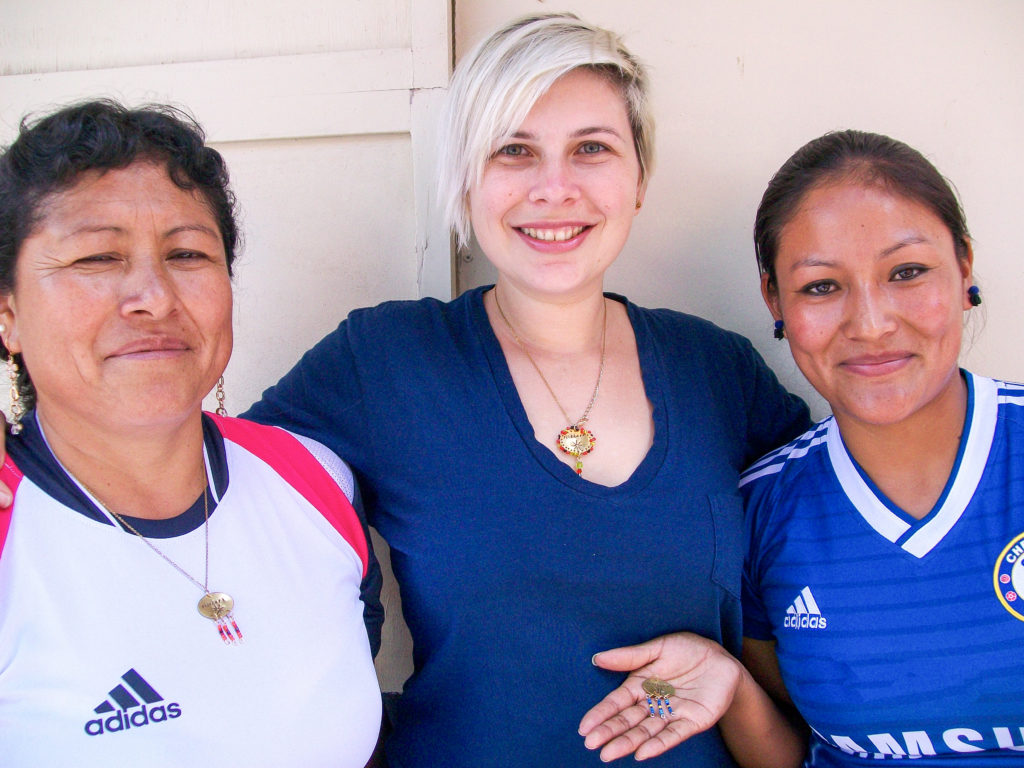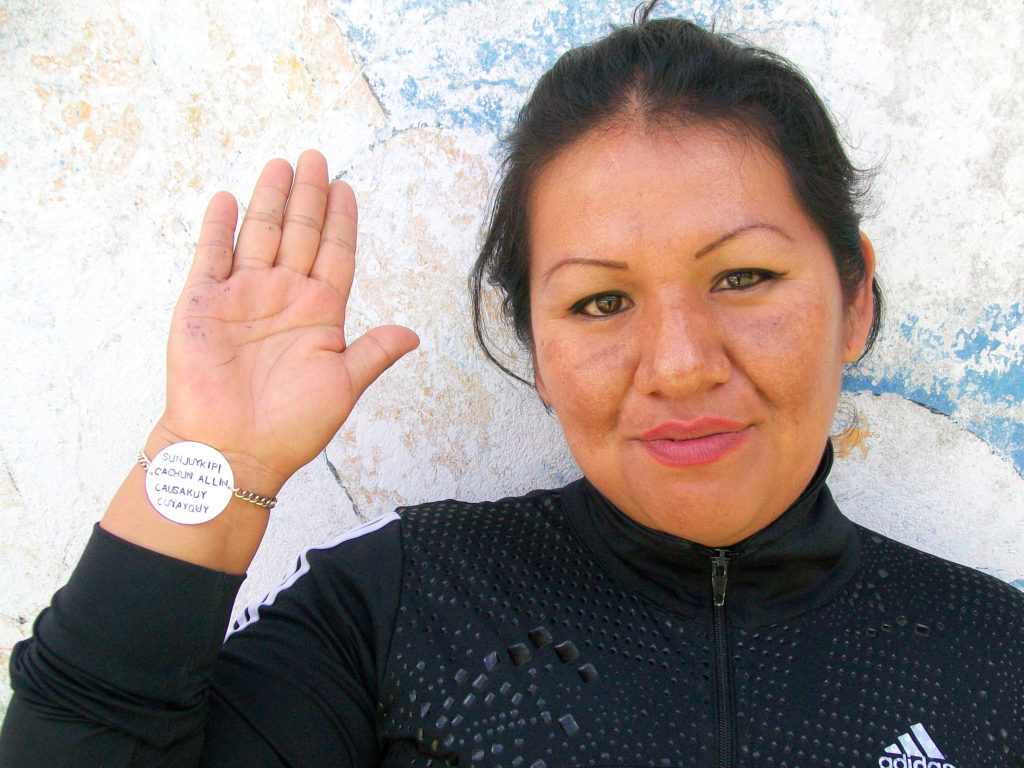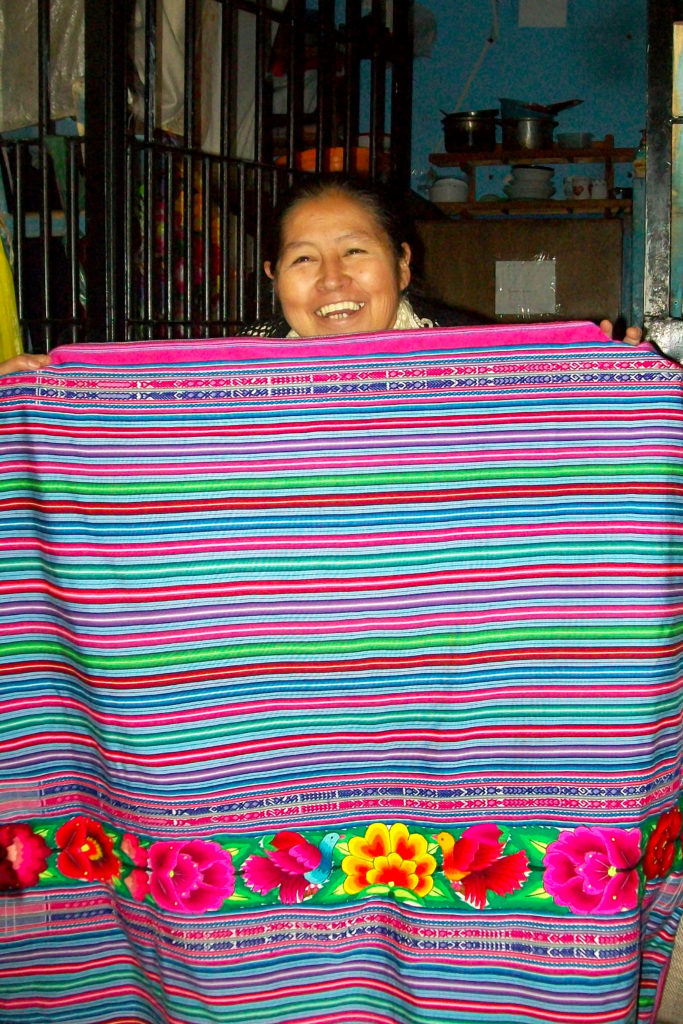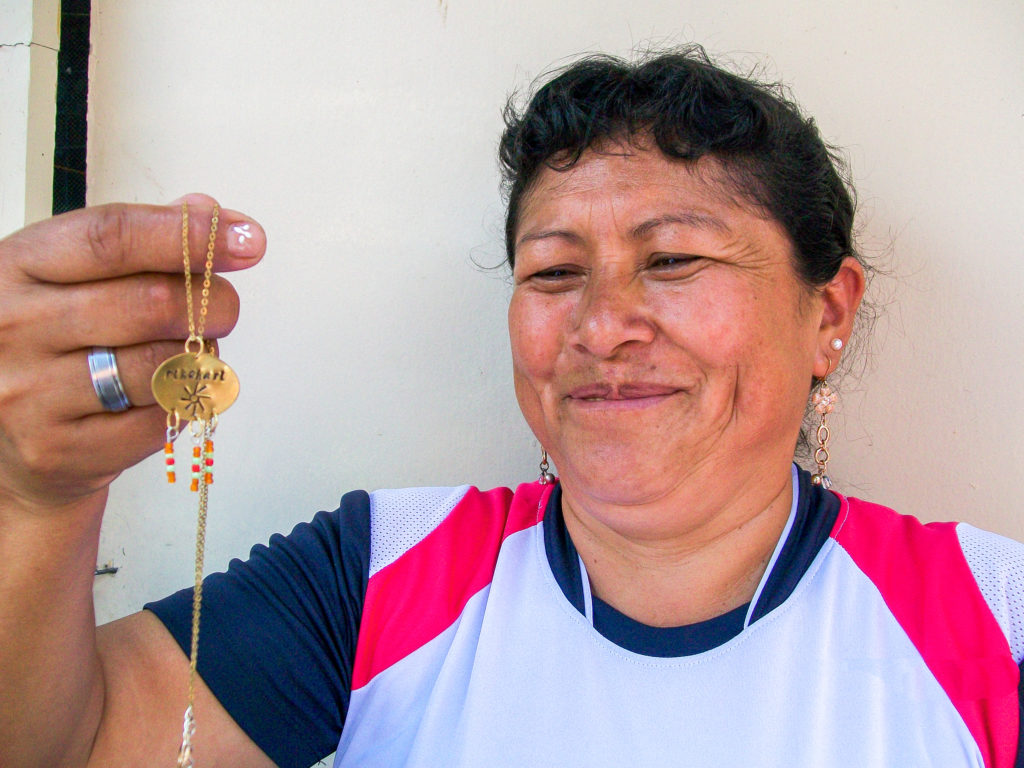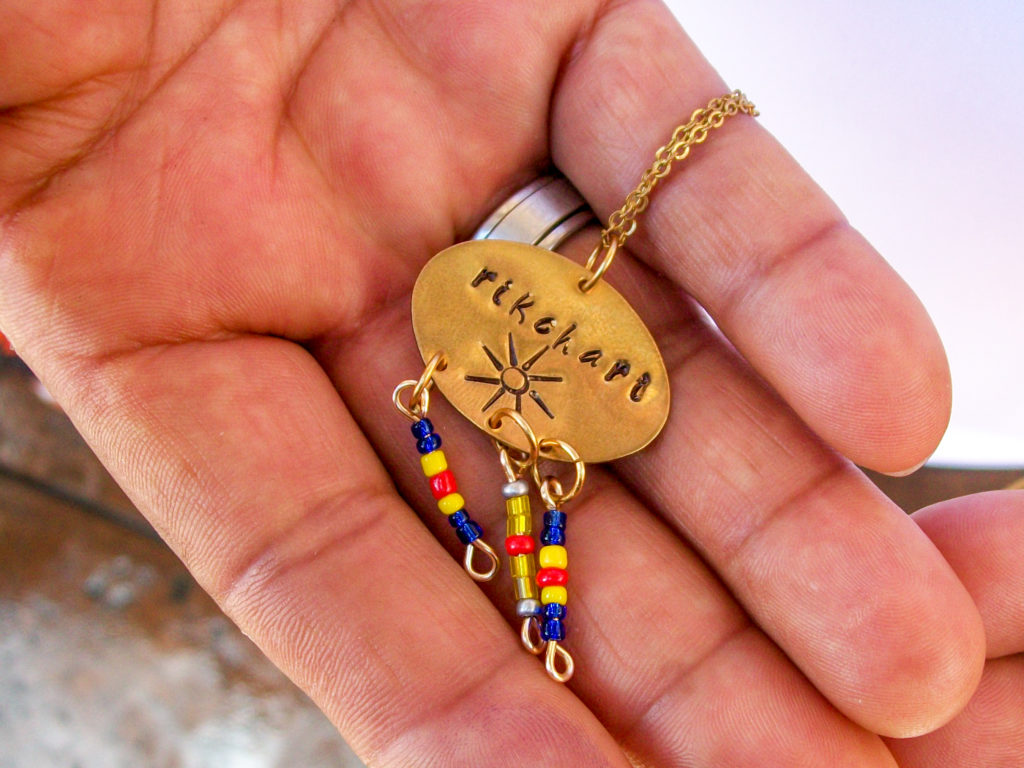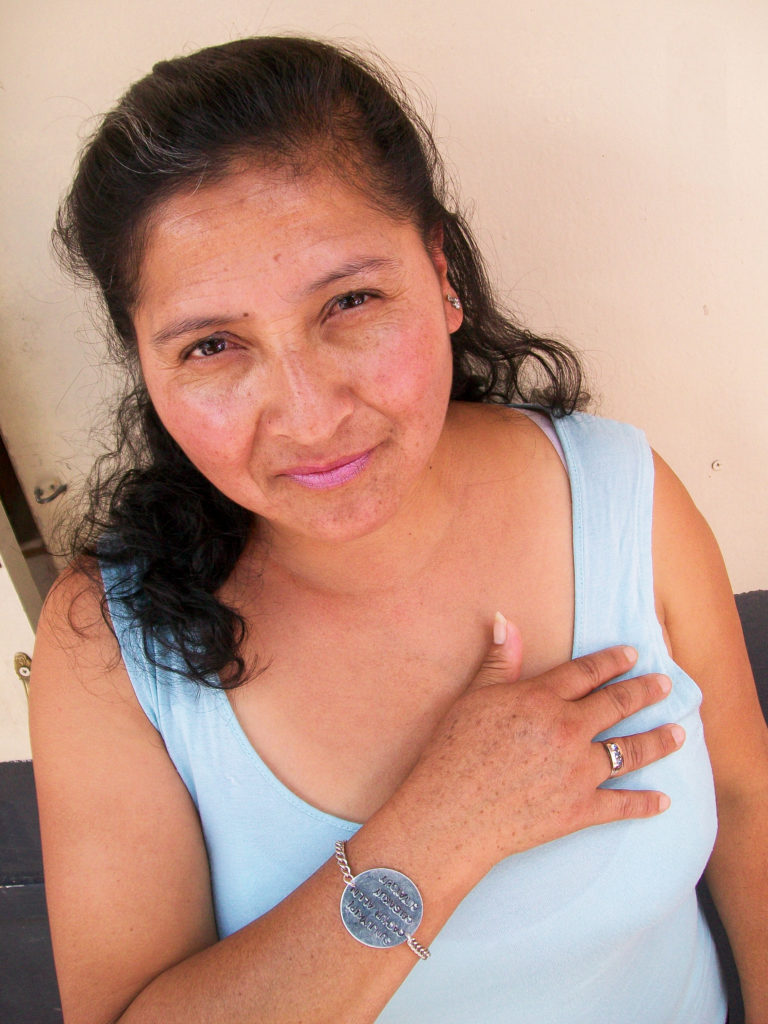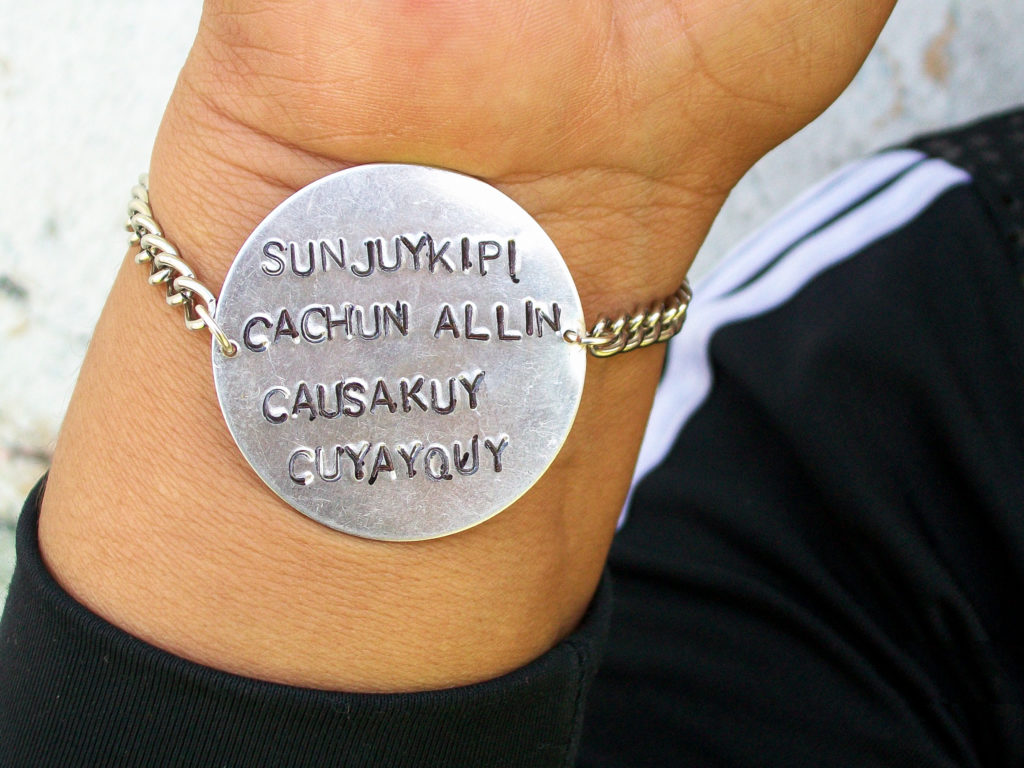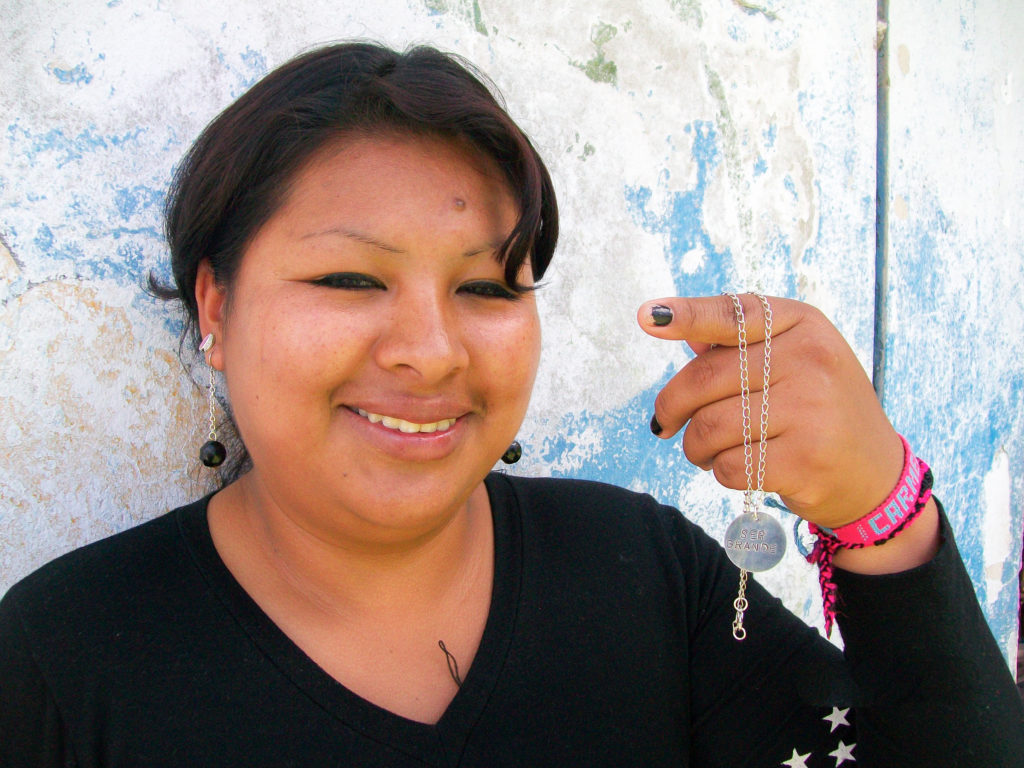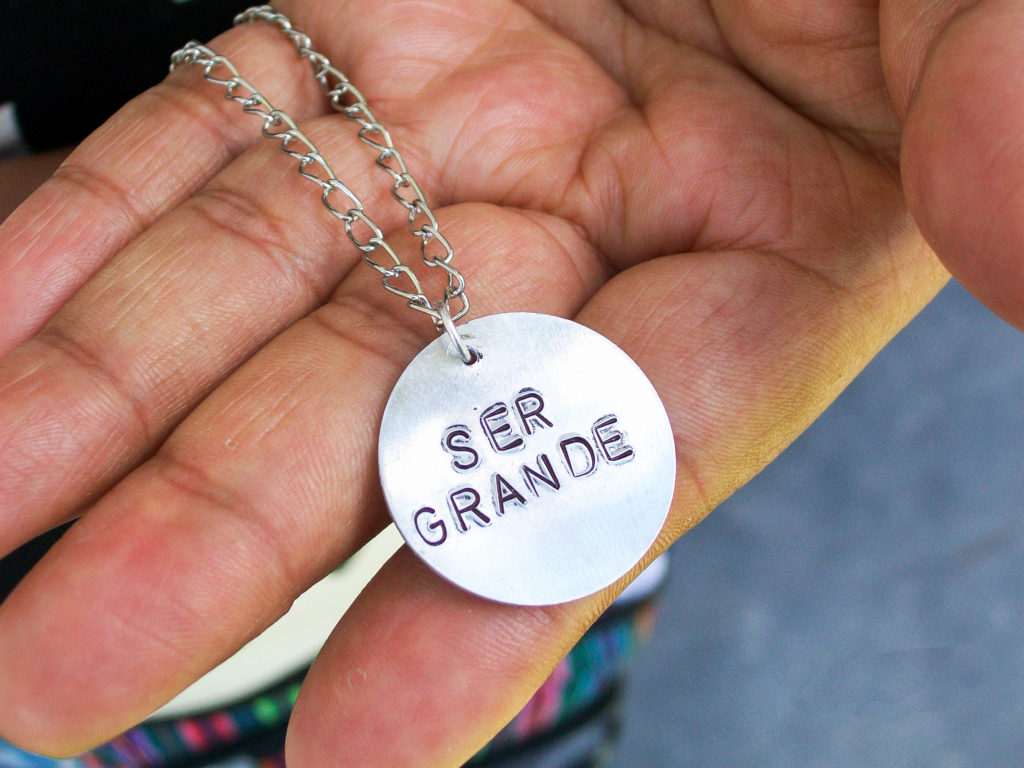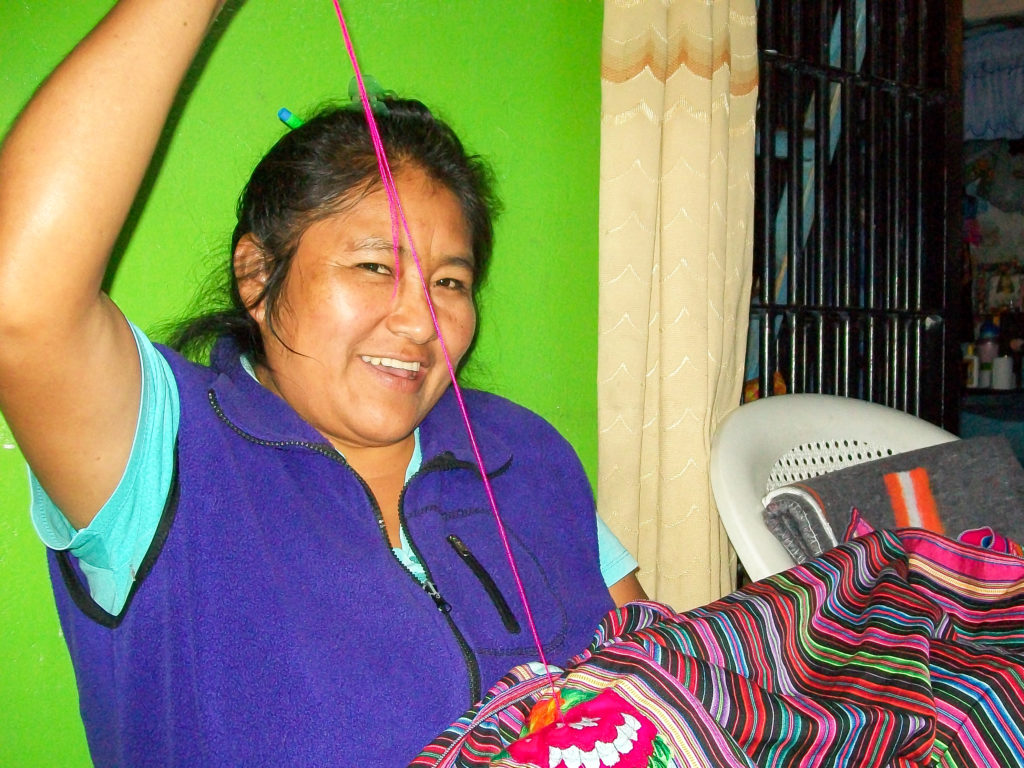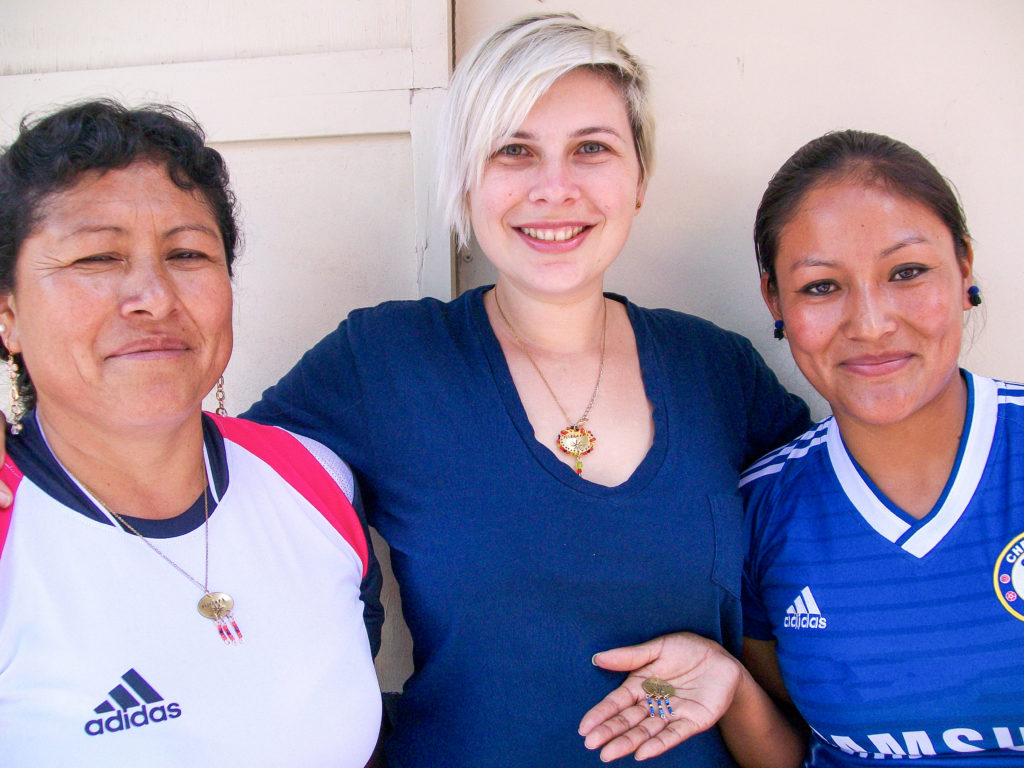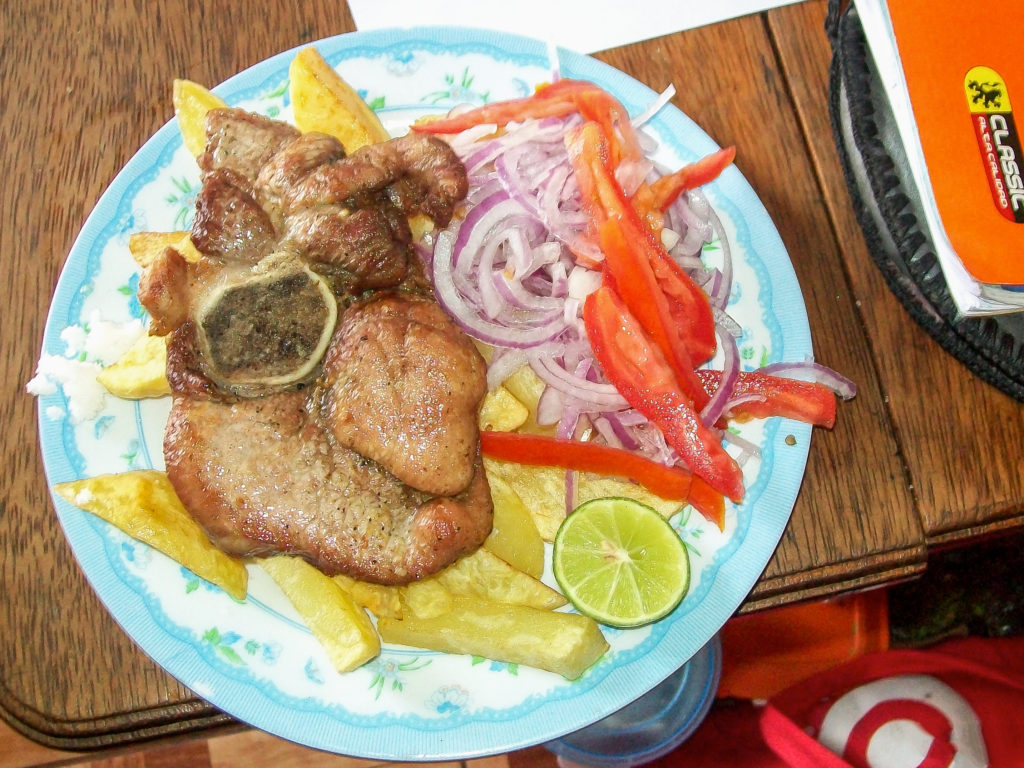I mentioned in yesterday’s post that during my meeting with the women we did some work envisioning their ideal production model. I used a group coaching model called GROW which is a very simple, yet effective process, where we go through various aspects of a single topic. My role was to present the questions and document the women’s answers. The discussion was very generative as it enabled the women to specifically envision their future and discuss their options.
Here are the result of the discussion, in the women’s own words:
Goals for a production group:
“Our goals for the production group are to learn new things, have more orders, and create products in distinct product categories like jewelry, leather, embroidered clothing, and knit headbands. If we meet this goal, we would be able to work in a group, improve our art, improve the quality of our products, and increase our quality of life. What is most appealing about this goal is that with more work, we will earn more money, which we can use to help our children and benefit our families. Also, we can learn new things that we cannot learn after we are released. We will value our products more. The most important thing about this goal is having money to provide for our family. When we can give money to them, we feel good about ourselves. A successful production group would make us feel proud and would enable us to start a business. Success would look like having 4 orders a year (every 3 months) and earning enough to provide for our children and save money for ourselves and our release.”
Reality (current situation):
“The current situation is there is no work in the prison. Right now, drug trafficking is down. This affects the Ayacuchan economy. When there is no money in the jungle, there is no money in Ayacucho and no work for us. When there is work, we received partial and delayed payments. The current situation makes us feel bad. We are worries and stressed about money. This stress causes us to feel sick. When we work, we forget about our problems and being here. What we need most is work, work that pays a good wage and work that provides us with capital to use. The resources we have available are manta and some of us have inventory capital so they are prepared for an order. Our challenges is the market in Ayacuhco- it is too unstable.”
Options:
“Some options for us are to focus on our local market, focus on having more buyers, and produce smaller, lower cost items. As a production group, we want an equal pay model. Well, actually it depends. Not everyone does the same work, so payment will be different for group work or individual work. Some work, that is group work, everyone should be paid the same. For other work, like personal work (like the embroidery), the person should be paid individually. And we want to have different prices based on the quality of the embroidery- if you embroider really well, you are paid more. In forming our group, we need to have people with different skills, like women from the sewing workshop and women who embroider really well.”
Way Forward (what’s next):
“For future trainings we want to learn about quality control, how to administer money in a group model, and how to cost our products- for ourselves so we earn enough and for the market.”
Note: this is a narrative summary of my notes of the group discussion and the points they agreed upon
